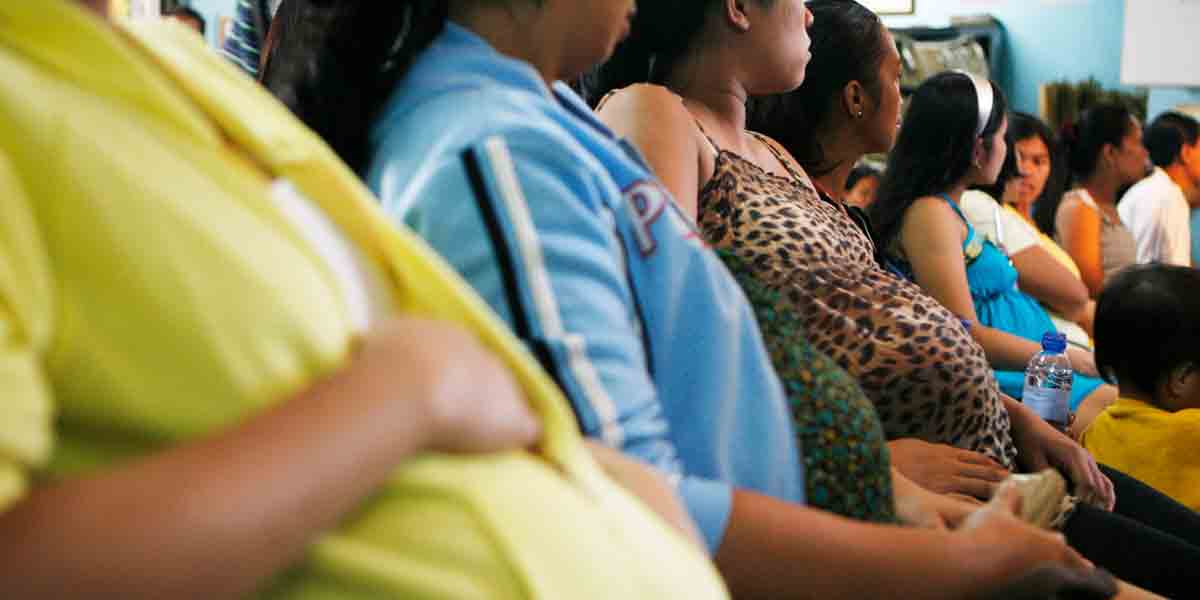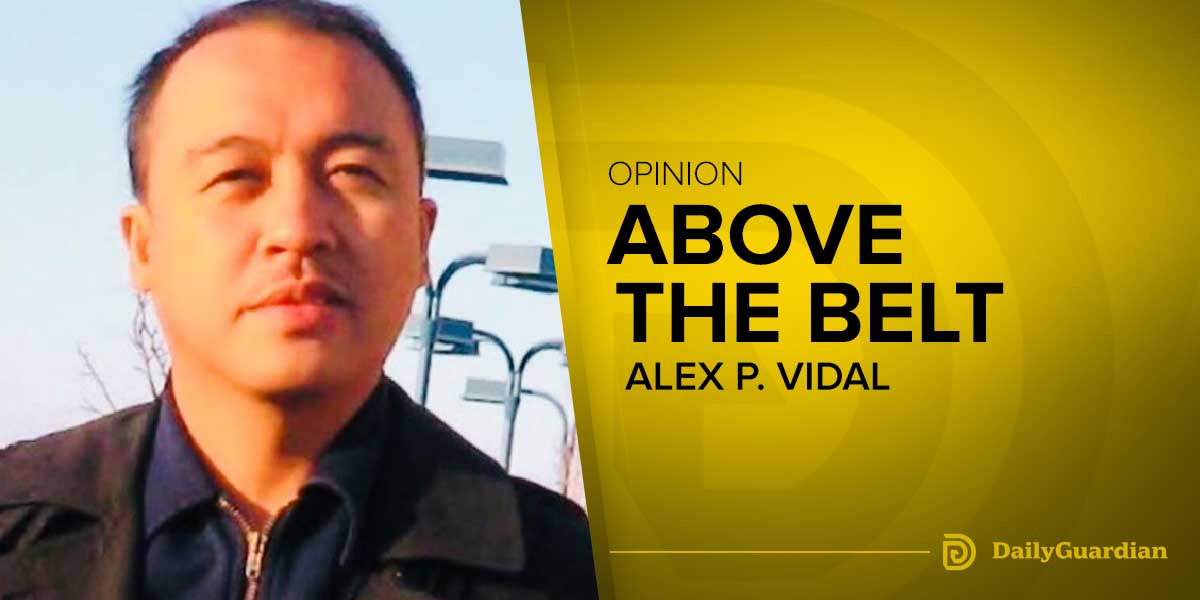The proposed PHP200 minimum wage increase in the Philippines has ignited a fierce debate between labor advocates and business groups, highlighting the complex balance between worker welfare and economic stability.
ThE legislative push, supported by House Speaker Martin Romualdez and various labor groups, represents the first attempt at a nationwide wage adjustment through legislation since 1989.
At its core, the debate reflects a universal challenge faced by developing economies: how to improve living standards without compromising economic growth. The 40% increase would significantly impact businesses, particularly in regions like Iloilo, where companies are already adapting to recent property tax increases and previous wage adjustments.
Looking at international examples provides valuable context. In Vietnam, gradual minimum wage increases of 5-6% annually have helped maintain economic stability while improving worker conditions.
Indonesia’s regional wage-setting mechanism, which considers local economic conditions, has proven more flexible than nationwide mandates.
Meanwhile, Thailand’s experience with significant minimum wage hikes in 2012-2013 led to mixed results, with some studies showing increased informal sector employment.
The Philippine proposal’s unprecedented scale raises valid concerns. The Institute of Contemporary Economics in Iloilo warns of potential wage distortions that could force businesses to adjust non-minimum wage salaries, creating a ripple effect throughout the economy. Small and medium enterprises, which form the backbone of the Philippine economy, might struggle to absorb such a substantial increase in operating costs.
However, labor groups make compelling arguments about wage stagnation and poverty. The current minimum wage of PHP 645 in many regions falls below the poverty threshold, making it insufficient for basic needs. The Federation of Free Workers’ comparison of stagnant wages to “EDSA traffic” while prices soar resonates with many workers’ experiences.
Alternative approaches could offer a more sustainable solution. One is a phased implementation over 2-3 years would give businesses time to adjust while providing workers with guaranteed increases.
Vietnam’s successful minimum wage reform of 2019-2022 demonstrates the effectiveness of this approach. The country implemented annual increases between 5.3% and 6.5%, resulting in a cumulative 15% rise that allowed businesses to adapt gradually while lifting over 5 million workers above the poverty line.
The Vietnamese Chamber of Commerce reported only a 2.1% increase in business closures during this period, significantly lower than Philippines’ projections for an immediate 40% hike.
Regional variations based on local economic conditions could prevent one-size-fits-all solutions that might harm smaller economies while inadequately supporting workers in high-cost areas.
Complementary policies such as tax incentives for compliant businesses, productivity-linked wage supplements, and enhanced social protection programs could create a more comprehensive support system for workers while maintaining economic stability.
The current proposal’s tight timeline, with Congress facing adjournment and the 2025 elections approaching, risks rushed implementation without adequate impact assessment. President Marcos Jr.’s decision on whether to certify the bill as urgent could significantly influence its fate.
International experience suggests that successful minimum wage policies typically combine moderate increases with strong enforcement mechanisms and supporting economic policies. Countries like Malaysia have demonstrated that consulting with both business and labor representatives can lead to more sustainable wage policies.
The path forward requires careful consideration of both immediate needs and long-term consequences. While the PHP 200 increase aims to address legitimate concerns about poverty and inequality, its implementation deserves thorough economic impact assessment and potential modification to ensure sustainable benefits for both workers and businesses.
As the debate continues, policymakers must remember that effective wage policy isn’t just about the amount of increase but also about timing, implementation, and supporting measures. The goal should be to create lasting improvements in workers’ lives while maintaining the economic stability necessary for continued growth and job creation.
























